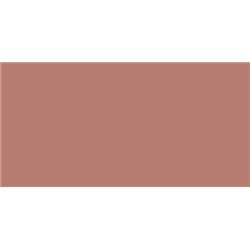A pinion gear (often called a pinion cog) is a small metal cog that can be found fitted to the shaft of a model's...
No products
Product successfully added to your shopping cart
There are 0 items in your cart. There is 1 item in your cart.
Search Tips
Christmas and New Year
We are dispatching orders every weekday apart from Christmas Day, Boxing Day and New Year's Day.
If you order is time critical, select next day delivery at checkout.
The shop in Sandown is closed from 25th December, reopening on 30th December.
For a beginner, what are the easiest ways to weather locomotives and wagons?
Weathering locomotives and wagons is a great way to add realism and character to a model railway layout. For a beginner, there are a few easy ways to get started with weathering that don't require a lot of experience or special tools.
Dry Brushing: One of the easiest and most popular ways to weather locomotives and wagons is through dry brushing. This involves dipping a stiff-bristled brush into a small amount of paint and then wiping most of it off on a paper towel or rag. The brush is then used to lightly dust the model with the remaining paint, focusing on the raised areas and exposed edges to create a worn and weathered look.
Washes: Another simple way to add weathering to a model is by using a wash. This involves thinning a small amount of paint with water or other solvent and then applying it to the model with a brush. The wash will settle into recessed areas, such as panel lines or grills, creating a subtle but effective weathered effect.
Chalks: Chalks are another popular way to weather models, particularly for creating rust and grime effects. Simply scrape a small amount of chalk with a hobby knife or sandpaper and then apply it to the model with a brush or cotton swab. The chalk can be blended and layered to create a realistic, multi-toned effect.
Weathering Pens: Weathering pens are an easy-to-use tool that can be used to add fine details and weathering effects to models. Simply use the use pen to apply paint or ink to the model, focusing on areas where dirt or wear would naturally occur.
Regardless of the method used, it's always a good idea to start with a light touch to build up the required weathering effect gradually. This will help to create a more realistic and natural-looking effect. Additionally, it can be useful to consult visual references such as magazines or the internet when weathering models, as it can create a direct and realistic comparison with the original subject matter.
Click here to receive the tips weekly in your mailbox. You can unsubscribe at any time.










